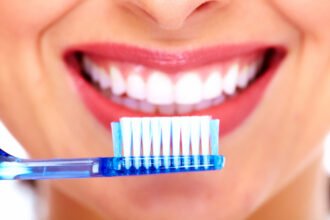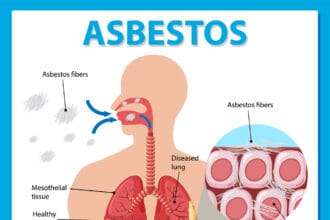Sleep is certainly important. Did you know that you spend nearly 33 percent of your life sleeping? That’s a lot of time spent in bed. Quality sleep, and getting the right amount of sleep, is almost as important to your mind and body as food and water. Sleep is essential to your brain’s most basic functions, like the ability to focus, respond quickly, and remember moments for long periods of time. The communication between nerve cells depends heavily on your sleep habits. If you get too little, or bad sleep, you could increase your risk for hypertension, cardiovascular disease, diabetes, obesity, depression, and heart disease. And heart disease is the number one cause of death in the US, according to the CDC. Sleep can essentially affect every tissue and system in your body, from metabolism to immune system. Yes, sleep is complex. But getting enough quality sleep is not as difficult as it may seem. It’s time to take a deeper look at sleep. The following may help you understand sleep anatomy a bit more before you head to mattress stores for a new bed, or rearrange your bedroom for optimal sleep.
REM And The 3 Stages Of Non-REM Sleep Explained
When it comes to the anatomy of sleep, there are two basic types: Rapid Eye Movement (REM), or non-REM. REM is actually pretty straightforward. Non-REM on the other hand has 3 distinct stages. Interestingly, you go through REM and the different stages of non-REM sleep several times per night.
REM Sleep
During the first 90 minutes of falling asleep you will be in REM sleep. This is when your eyes move rapidly and your brain activity becomes very similar to that when you are awake. In REM sleep, your breathing will become rapid and irregular with your heart rate racing toward your resting heartbeat when you’re awake. REM sleep is also the time most dreams occur.
Non-REM Sleep
Once REM sleep is over, you switch from wakefulness to actual sleep, also known as non-REM sleep. This has three stages:
- The first stage in non-REM sleep is the switch from REM. This stage can last minutes with your breathing and heart rate slowing. Your muscles also relax and your brain waves slow down as well.
- The next stage of non-REM sleep involves a period of light sleep. Your heartbeat and breathing slows even more with muscles relaxing. This is the stage you spend most of your sleep cycles in.
- The final stage of non-REM sleep is known as deep sleep. This is the type of sleep you need to feel ready to take on the day in the mornings. Deep sleep actually occurs more early on in your night’s sleep with heartbeat and breathing at their slowest and calmest points. If someone has a hard time waking you up, you are probably in the deep sleep stage.
Knowing How Much Sleep You Need Is Critical
There is no set amount of sleep you need to get during the entire duration of your life. In fact, the amount of sleep you need changes over time as you age. The golden rule of eight hours per night may not necessarily apply to everyone. For instance, babies sleep up to 18 hours per day to increase growth and development in the brain. However, adults may only need as little as seven hours of sleep per night. After 60 years of age, sleep can be even harder to get, since waking at night become a common occurance and medications can interrupt sleep patterns. The time in which we live is also playing a role in our sleep. Screen time, work responsibilities, and 24/7 activity can decrease the amount of sleep you get per night. To get the sleep you need, develop good habits like no screen time one hour prior to bedtime, have a bedtime, and get the amount of sleep you need to feel refreshed each morning.
Here’s How To Get Great Sleep
There are a few things you can do to get the best sleep you possibly can. Most of the time, you can employ new habits and start sleeping better within a week. Sometimes you need to make your bedroom a more sleep conducive environment. It all depends on what you’re doing now. Here are a few better sleep tips:
- Go to bed and wake up at the same time every night
- Get at least 30 minute of exercise per day
- Relax before bedtime (reading, bath, music)
- Avoid caffeine, nicotine, and alcohol before bedtime
- Get a new mattress and bedding
- Try aromatherapy in the bedroom
In Conclusion . . .
Understanding sleep anatomy is very important. Getting enough quality sleep can reduce your risk of chronic diseases, like heart disease and obesity, as well as keep you refreshed day after day. This can improve your mood and help you focus when it counts. Are you sleeping well?








